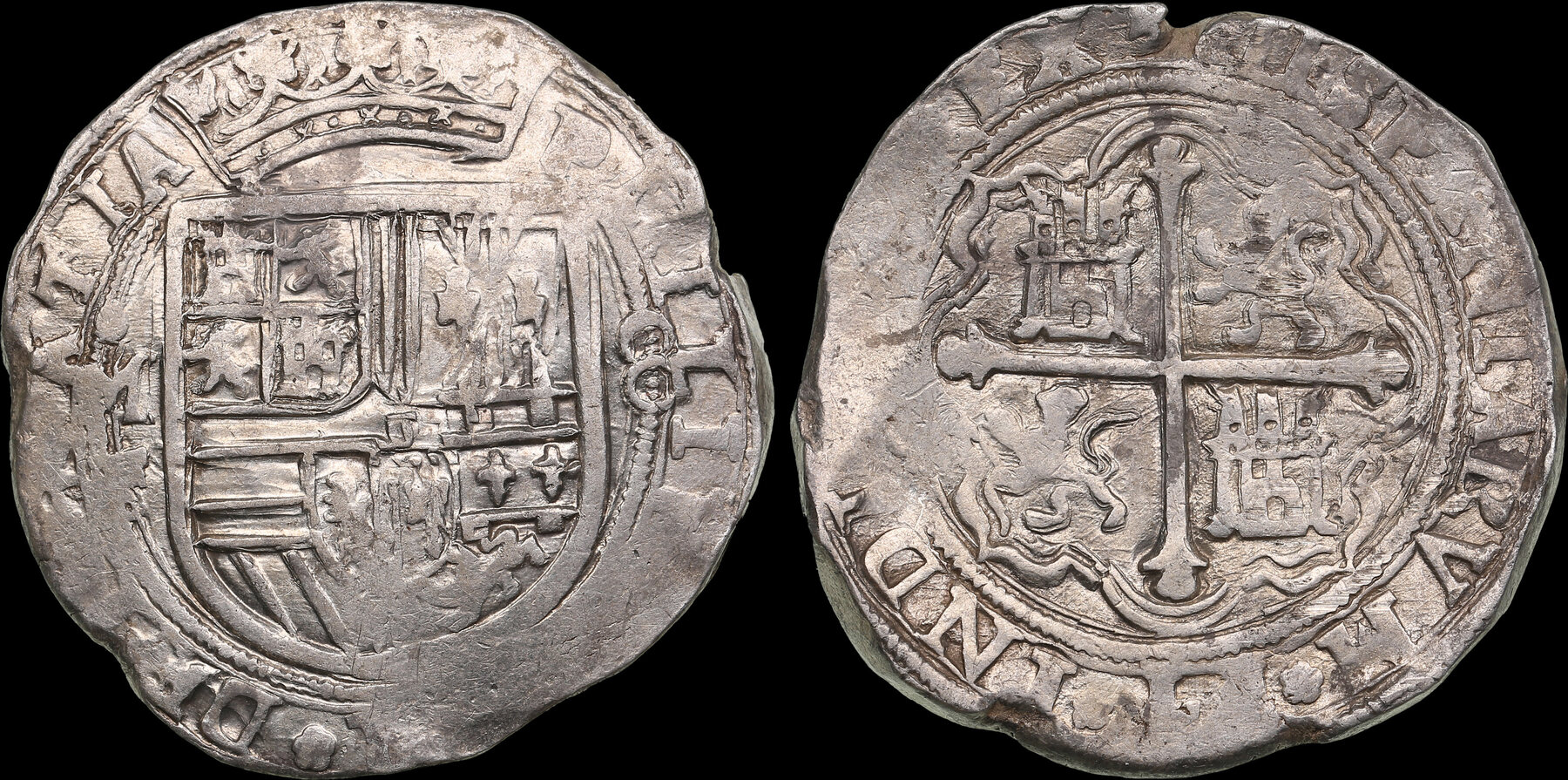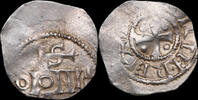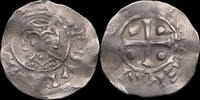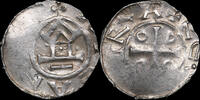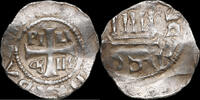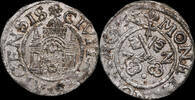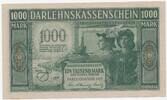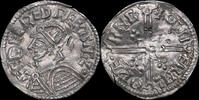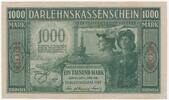MA-ID: 617002090
Customer feedback Numex OÜ
Excellent seller, highly recommended!
Thank You! Nice items for reasonable price, quick shipping! Excellent!!!
Ja, ich bin mit dem gekauften Geldschein vollig zufrieden. Danke.
M.Brindz...
Super Ware! Gerne wieder.
Mexico 8 reales ND Philip II (1556-1598), MF XF
Numex OÜ 

9
On MA-Shops since 9 years
1195 ratings,
100 % Positive (last 24 months)
Worldwide shipping
728.24 £840,00 EUR
Import tax may be added
+ 21.67 £ shipping ( to United Kingdom )
Delivery time: 11 - 14 days
+ 21.67 £ shipping ( to United Kingdom )
| Customer Support +49 (0)2871 2180 383 |
| Payment methods |
| Wire Transfer |
A Numismatic and Historic Insight into the Mexico 8 Reales ND Philip II
Introduction
The Mexico 8 reales coin, minted during the reign of Philip II of Spain (1556-1598), stands as an iconic piece of colonial numismatic heritage. Struck in silver, graded XF (Extremely Fine), and cataloged as Cy# 3914 and Cal# 664, this 27.56-gram coin—known as the "piece of eight"—embodies Spain’s dominance in the New World. Bearing no date (ND) and the "MF" mark, it offers a window into the wealth and power of the late 16th century.
Description
This silver 8 reales likely features the crowned shield of Spain on the obverse, showcasing the arms of Castile and León, symbols of royal authority. The reverse typically displays a cross with the mint mark "M" and assayer’s initial "F," denoting its origin at the Mexico City mint. In XF condition, the coin retains sharp details with light wear, reflecting its quality and historical journey.
Historical Context
Minted under Philip II (1556-1598), this coin emerged during Spain’s Golden Age, when the empire stretched across continents, fueled by silver from the Americas. The Mexico City mint, operational since 1535, processed riches from mines like Potosí and Zacatecas, producing coins that underpinned Spain’s economy and financed its wars. By the late 16th century, despite this wealth, Philip II faced fiscal strain from conflicts like the Spanish Armada’s defeat in 1588, making the 8 reales a linchpin of global trade.
Numismatic Details
Weighing 27.56 grams, the 8 reales was the largest silver denomination of its time, a standard for international commerce and the precursor to the Spanish dollar. Its undated (ND) status is typical of early colonial issues, while the "MF" mark ties it to Mexico City and a specific assayer, "F," ensuring its purity. Known as the "piece of eight" due to its divisibility into eight reales, it became a cornerstone of trade across Europe, Asia, and the Americas.
Cultural and Political Symbolism
The 8 reales was more than currency—it was a symbol of Spain’s imperial might and Catholic mission. Its design, often inscribed with Philip II’s titles like "King of Spain and the Indies," projected sovereignty over vast territories. As Spain defended Catholicism against Protestant powers and the Ottoman Empire, this coin carried the weight of religious and political identity, its widespread use cementing Spain’s global influence.
Conclusion
The Mexico 8 reales ND of Philip II is a numismatic treasure that encapsulates Spain’s colonial zenith. Its hefty silver content reflects the wealth of New Spain, while its XF condition preserves the artistry of the Mexico City mint. A "piece of eight" from an era of triumph and tribulation, this coin remains a powerful relic of Philip II’s reign, bridging history, economics, and culture across continents.
Introduction
The Mexico 8 reales coin, minted during the reign of Philip II of Spain (1556-1598), stands as an iconic piece of colonial numismatic heritage. Struck in silver, graded XF (Extremely Fine), and cataloged as Cy# 3914 and Cal# 664, this 27.56-gram coin—known as the "piece of eight"—embodies Spain’s dominance in the New World. Bearing no date (ND) and the "MF" mark, it offers a window into the wealth and power of the late 16th century.
Description
This silver 8 reales likely features the crowned shield of Spain on the obverse, showcasing the arms of Castile and León, symbols of royal authority. The reverse typically displays a cross with the mint mark "M" and assayer’s initial "F," denoting its origin at the Mexico City mint. In XF condition, the coin retains sharp details with light wear, reflecting its quality and historical journey.
Historical Context
Minted under Philip II (1556-1598), this coin emerged during Spain’s Golden Age, when the empire stretched across continents, fueled by silver from the Americas. The Mexico City mint, operational since 1535, processed riches from mines like Potosí and Zacatecas, producing coins that underpinned Spain’s economy and financed its wars. By the late 16th century, despite this wealth, Philip II faced fiscal strain from conflicts like the Spanish Armada’s defeat in 1588, making the 8 reales a linchpin of global trade.
Numismatic Details
Weighing 27.56 grams, the 8 reales was the largest silver denomination of its time, a standard for international commerce and the precursor to the Spanish dollar. Its undated (ND) status is typical of early colonial issues, while the "MF" mark ties it to Mexico City and a specific assayer, "F," ensuring its purity. Known as the "piece of eight" due to its divisibility into eight reales, it became a cornerstone of trade across Europe, Asia, and the Americas.
Cultural and Political Symbolism
The 8 reales was more than currency—it was a symbol of Spain’s imperial might and Catholic mission. Its design, often inscribed with Philip II’s titles like "King of Spain and the Indies," projected sovereignty over vast territories. As Spain defended Catholicism against Protestant powers and the Ottoman Empire, this coin carried the weight of religious and political identity, its widespread use cementing Spain’s global influence.
Conclusion
The Mexico 8 reales ND of Philip II is a numismatic treasure that encapsulates Spain’s colonial zenith. Its hefty silver content reflects the wealth of New Spain, while its XF condition preserves the artistry of the Mexico City mint. A "piece of eight" from an era of triumph and tribulation, this coin remains a powerful relic of Philip II’s reign, bridging history, economics, and culture across continents.
Info / FAQ
| Shipping fees | ||||
|---|---|---|---|---|
| 0.87 £ to 43.35 £ | 43.35 £ to 173.39 £ | 173.39 £ to 433.48 £ | over 433.48 £ | |
| China | 10.40 £ | n/a | n/a | n/a |
| Germany | 4.33 £ | 4.33 £ | 4.33 £ | 13.00 £ |
| Estonia | 4.33 £ | 4.33 £ | 4.33 £ | 10.40 £ |
| United Kingdom | 4.33 £ | 4.33 £ | 4.33 £ | 21.67 £ |
| United States | 4.33 £ | 4.33 £ | 4.33 £ | 34.68 £ |
| European Union | 4.33 £ | 4.33 £ | 4.33 £ | 21.67 £ |
| World | 10.40 £ | 13.00 £ | 86.70 £ | 86.70 £ |
Information
Online orders are welcome as always and will be shipped directly.
|
Seller Home | 0Shopping cart | Terms of sale | Contact | MA Terms of sale | Privacy policy | Warranty | MA-Shops New Items Copyright ® 2001-2025, MA-SHOPS Coins All Rights Reserved. Designated trademarks and brands are the property of their respective owners. |
 Buy coins with warranty
Buy coins with warranty



